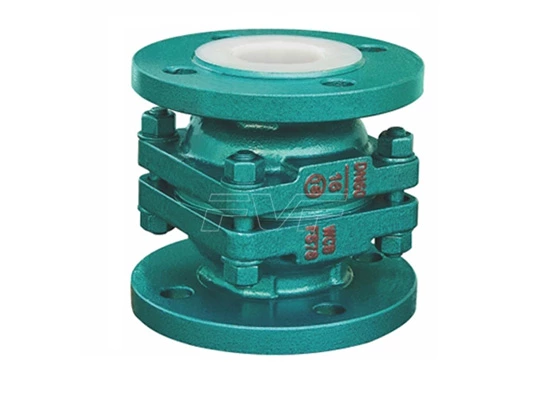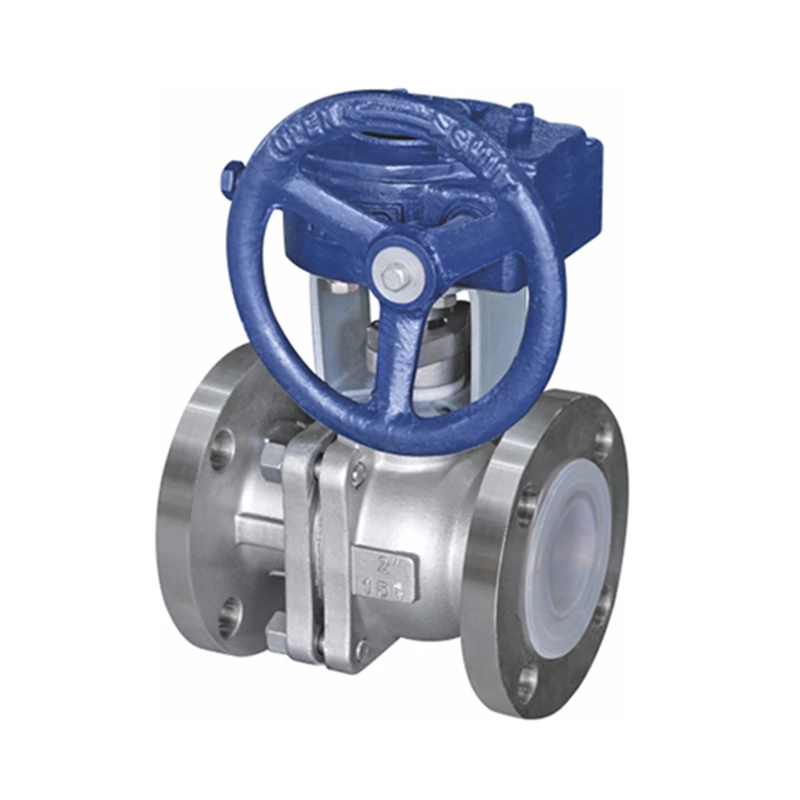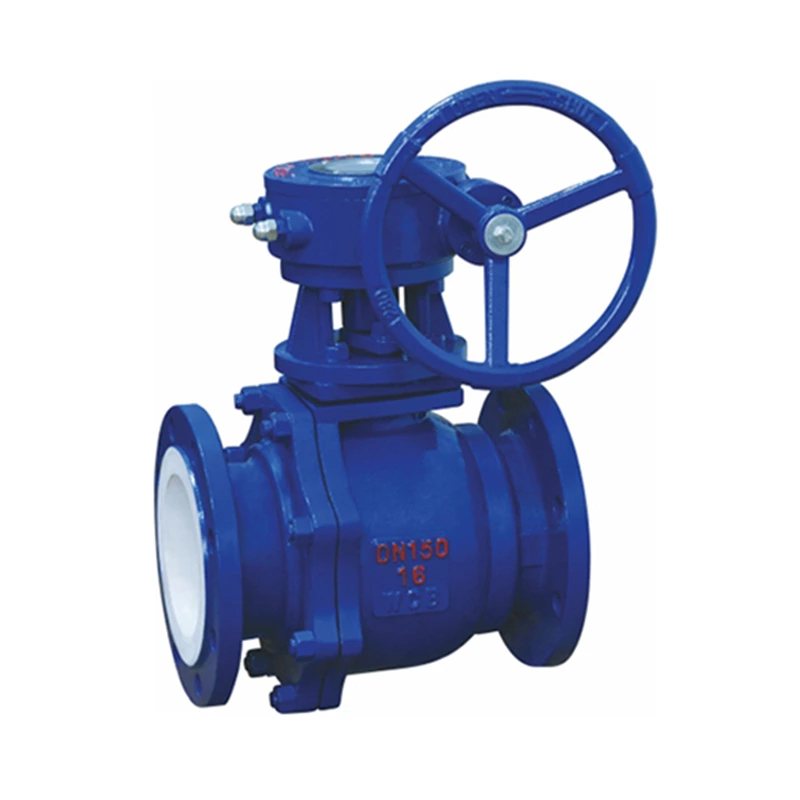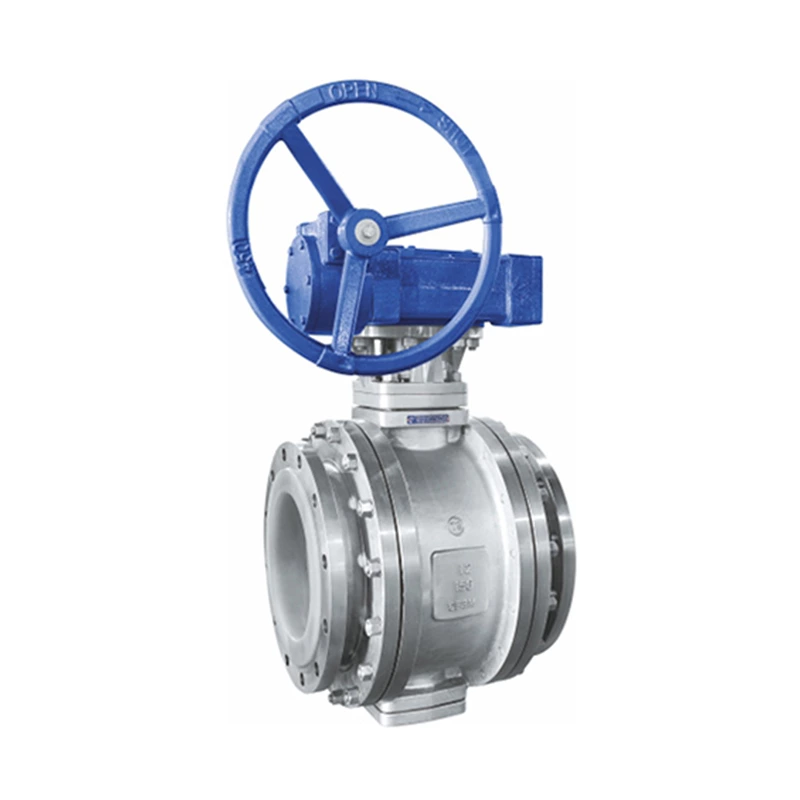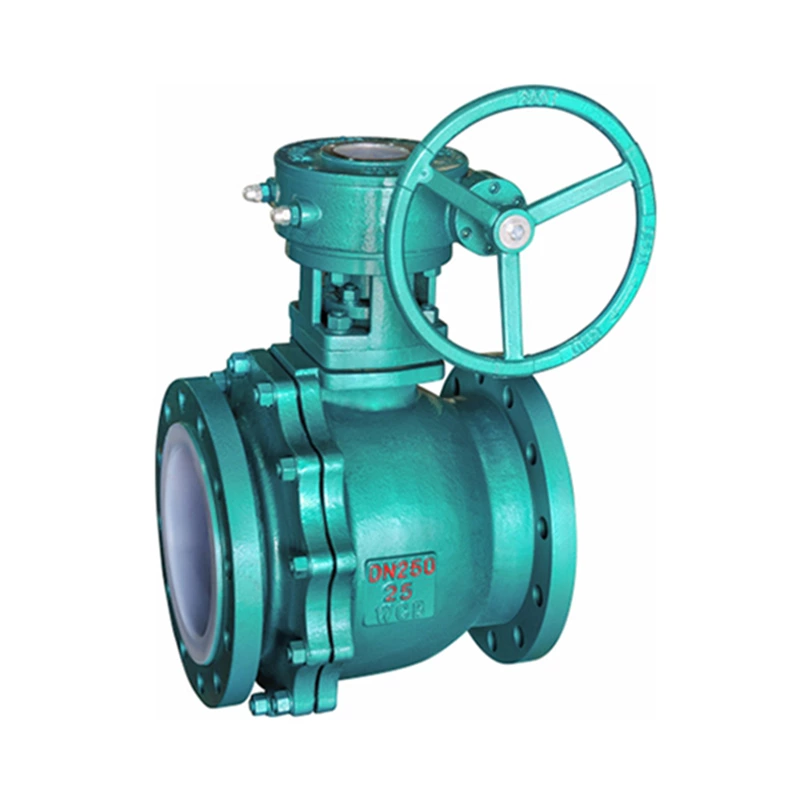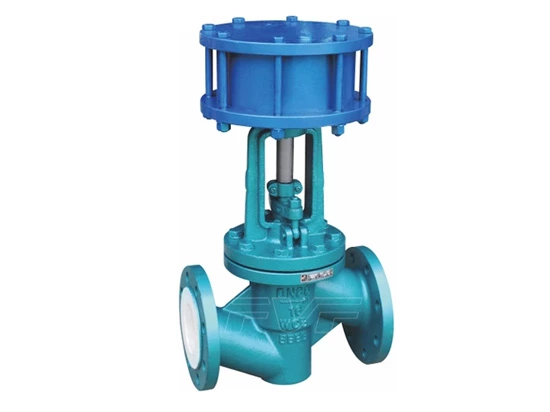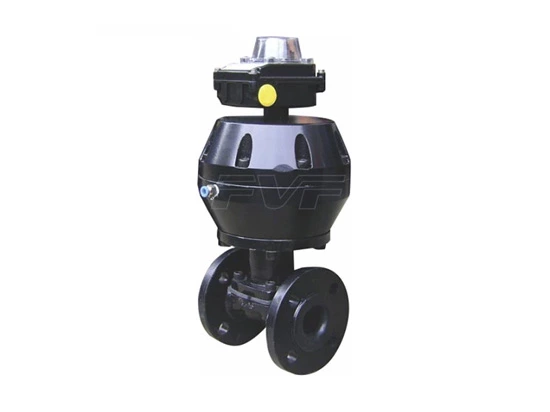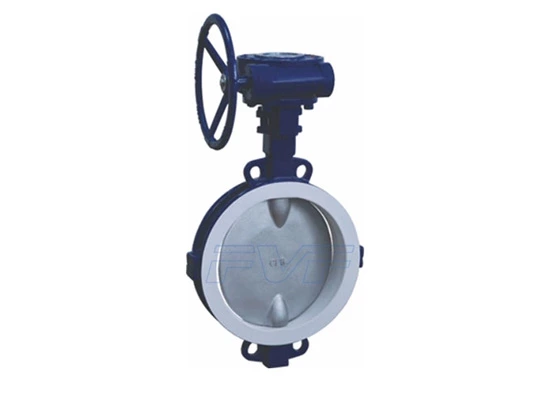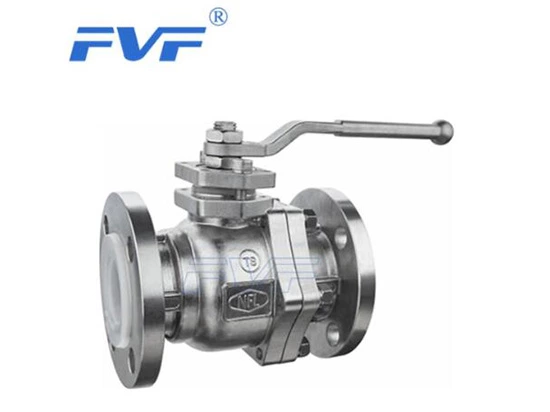Comparison Of Two Typical Structures Of Axial Flow Check Valves
With the increase in domestic energy consumption, long-distance natural gas pipelines have been greatly developed. While vigorously developing pipeline transportation, higher requirements are also placed on the reliability of equipment. In order to protect the safe operation of compressors or pumps, check valves are generally set at the outlet of compressors or pumps to prevent medium backflow. However, for ordinary swing and double-plate check valves, the valve plate often cannot be fully opened, resulting in unstable medium flow, large pressure loss, and high noise, which affects the normal operation of large compressors or pumps. At this time, a special form of axial flow check valve is needed to ensure the safe and effective operation of the above equipment pipeline system. At present, axial flow check valves used in long-distance pipelines, especially trunk lines, are almost all foreign brands, but in actual operation, it is found that foreign products may not be able to operate safely and reliably. Therefore, from the perspective of ensuring national energy security, it is particularly important to choose what type of axial flow check valve and realize the localization of key axial flow check valves.
Axial flow check valve is a check valve in which the flow medium flows along the axis and the flow channel is highly symmetrical along the axis. The axial flow check valve is mainly composed of a single structure of valve body, valve sleeve, valve disc, valve stem, valve seat, bushing, spring and other fasteners and seals.
Typical structure of disc-shaped axial flow check valve
1 Valve sleeve 2. Bushing 3 Spring 4. Valve stem 5 Valve disc 6 Valve seat 7 Valve body
However, in actual use, it is found that there are actually two structures of axial flow check valves. The axial flow check valve with a disc-shaped valve disc structure and the other is a circular ring-shaped axial flow check valve. In the national standard GB/T21387, it is also called annular disc-shaped axial flow check valve. The following is collectively referred to as annular disc-shaped axial flow check valve. For the axial flow check valves of these two structures, the advantages and disadvantages of their structures are analyzed as follows.
1. Disc-shaped axial flow check valve
The disc-shaped axial flow check valve body is an integral structure, and the continuous valve body has no outward leakage points. The valve body flow channel is composed of the inner wall of the valve body and the flow element, and is axially symmetrical; the valve body flow channel is generally designed using the Venturi principle, that is, to ensure that the flow channel has a high flow rate when the valve is closed so that a pressure difference is formed before and after the valve disc, to ensure the opening of the valve disc, and at the same time to achieve stable medium delivery and ensure that the valve disc has a stable displacement state. In addition to ensuring that the medium has a good flow state after flowing through the valve, this type of axial flow check valve generally designs the valve stem to be very long, with a long guide length and a short opening and closing stroke structure to ensure that the valve has good centering and opening and closing performance; thereby ensuring the stable operation of the valve. The valve disc of the disc-shaped axial flow check valve is connected to the valve stem as the main moving part and closing part during the valve movement process. The valve disc is generally made into an arc-shaped single valve disc, so that it can form a good flow channel with the valve body and obtain the minimum inertia under the condition of meeting the strength and rigidity. This is of great significance to reducing the flow resistance of the valve and also has a certain significance to minimize the impact of the valve disc on the valve seat when the valve is closed. The spring is generally designed as a single spring structure, and is generally set behind the valve disc to push the valve disc to quickly respond to the change of the medium flow and close the valve. The spring loading structure ensures that after the pump or compressor stops, the valve disc can quickly respond to the change of the medium, so that it can be quickly closed to prevent a large amount of medium from flowing back and affecting the normal use of the pump or compressor. The sealing structure of this type of axial flow check valve basically adopts a composite sealing method of metal seal + soft seal, which is reliable, but it is quite difficult to achieve a true zero leakage seal. The biggest advantage of this type of axial flow check valve is that it can stably respond to the change of medium flow and achieve reliable sealing. However, in order to ensure that the medium has a good pressure recovery ability after passing through the valve, this type of axial flow check valve is generally designed to be longer, which will increase the cost.
The disc-shaped axial flow check valve has a simple structure, and the key structural designs are stable and reliable. It is suitable for conveying all media except slurry containing high-concentration granular media. However, when conveying low-temperature and high-temperature media, the durability of the seal should be considered.
2. Ring-disc axial flow check valve
The ring-disc axial flow check valve structure, like the disc-shaped axial flow check valve, also has a monomer structure, that is, a flow passage is set in a single valve body. Unlike the disc-shaped axial flow check valve, this type of axial flow check valve has two flow passages, one is the outer duct formed by the valve body, the valve disc and the guide body, and the other is the inner duct formed by the inner guide body set on the valve body, the valve disc and the guide body. Due to the design of this channel structure, it is guaranteed that the valve body can be designed as a shorter structure, and the design of the inner and outer ducts can effectively reduce the noise level during valve operation. However, since the inner guide fluid between the inner channel and the outer duct occupies a large area in the flow passage, the flow capacity of the valve will be greatly reduced, especially under high flow delivery conditions, the insufficiency of the flow capacity of the valve will be more obvious. After the guide fluid is installed with the valve body and other internal parts, it is connected and fixed by a slender fastening bolt to form the above-mentioned streamlined inner and outer ducts. The flow components of this type of axial flow check valve are all installed from the rear end of the valve body, ensuring that the flow passage can be machined to obtain a low surface roughness value, which is beneficial for reducing flow resistance. The valve seat of the ring-disc axial flow check valve is designed on the inner wall of the valve body and the leading fluid connected to it by ribs, with a total of two sealing surfaces, namely the inner and outer ring sealing surfaces. Due to the inner and outer ring design of the valve seat sealing surface, the shape of the valve disc is a ring-disc structure, so the force condition of the valve disc itself is improved. Even under high pressure conditions, the thickness of the valve disc is less than one-third of the thickness of the valve disc of other types of axial flow check valves, which will greatly reduce the weight of the valve. However, the disc-shaped valve disc requires two inner and outer sealing surfaces, which places extremely high demands on the processing equipment, and the processing accuracy cannot be well guaranteed. One of the biggest features of the disc-shaped axial flow check valve is that its valve disc is in a floating state. The positioning of the valve disc is only supported by several radial guide plates. A spring is set at the rear end of the guide plate to provide the return force required to close the valve disc. However, with the increase of valve diameter and pressure, the destructive force of the increased weight of the valve disc on the guide plate will determine the use effect and service life of this type of axial flow check valve.
Lined Check Valve the structure is complex, and the key moving part valve disc is structurally unstable. It is suitable for small-diameter and low-frequency opening and closing conditions. It is not suitable for the transportation of gas media with large fluctuations in large-diameter environments. When transporting low-temperature and high-temperature media, it is sufficient to ensure the applicability of the valve body material.
The most famous manufacturer of disc-shaped axial flow check valves is MOKVELD in the Netherlands. There are also several manufacturers in China that manufacture this type of check valve, but there are not many manufacturers with achievements in the CNPC system. Due to the difficulty of processing and manufacturing the disc-shaped structure and its inherent structural defects, there are almost no manufacturers in China that manufacture it.
